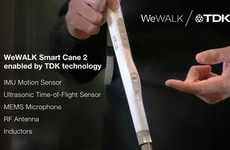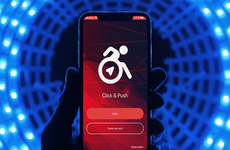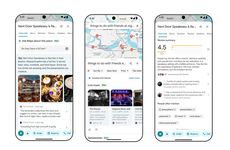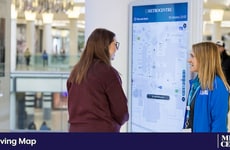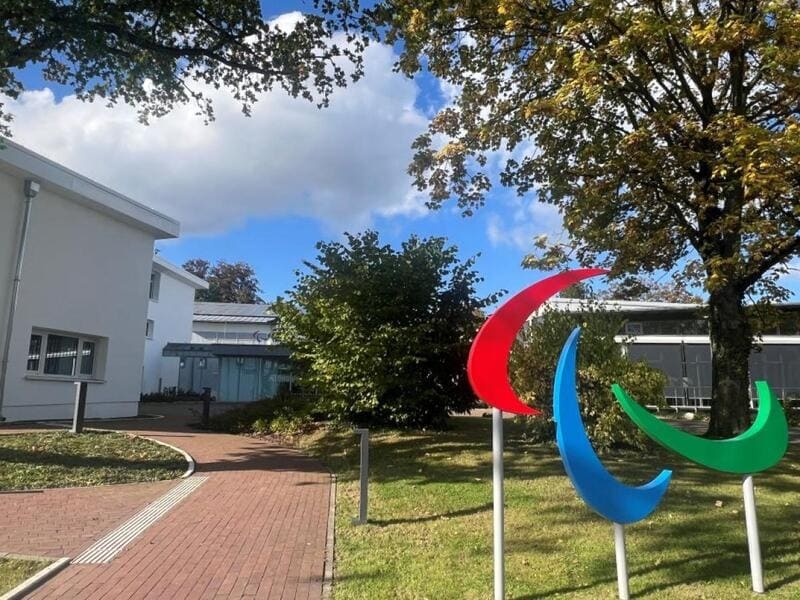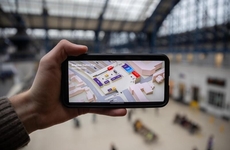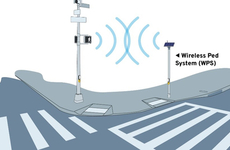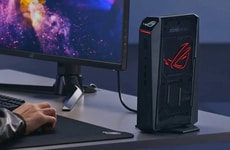
The International Paralympic Committee Emphasizes Accessibility
Kalin Ned — March 28, 2025 — Art & Design
References: paralympic.org
The International Paralympic Committee (IPC) has implemented an innovative indoor navigation system at its Bonn headquarters through a collaboration with Intel and GoodMaps. This will be the first building in Germany to offer AI-powered wayfinding assistance via smartphone.
The integration will provide real-time navigation support that is specifically tailored for visitors and staff with visual or mobility impairments. The GoodMaps application utilizes detailed spatial mapping data collected through comprehensive 3D scans of the premises to deliver precise, voice-guided directions that enable independent movement throughout the complex.
The innovative indoor navigation system builds on the headquarters' existing accessibility features, which include universally designed workstations, tactile pathways, and automated entry systems. This implementation demonstrates how cutting-edge assistive technologies can complement physical accessibility measures to create truly inclusive environments.
Image Credit: IPC
The integration will provide real-time navigation support that is specifically tailored for visitors and staff with visual or mobility impairments. The GoodMaps application utilizes detailed spatial mapping data collected through comprehensive 3D scans of the premises to deliver precise, voice-guided directions that enable independent movement throughout the complex.
The innovative indoor navigation system builds on the headquarters' existing accessibility features, which include universally designed workstations, tactile pathways, and automated entry systems. This implementation demonstrates how cutting-edge assistive technologies can complement physical accessibility measures to create truly inclusive environments.
Image Credit: IPC
Trend Themes
1. AI-powered Wayfinding - AI-driven navigation systems are making buildings more accessible by providing real-time, personalized directions for individuals with disabilities.
2. Comprehensive Spatial Mapping - Advanced spatial mapping technology gathers detailed 3D data to enhance precise indoor navigation solutions.
3. Inclusive Smart Buildings - Smart buildings are evolving to incorporate high-tech assistive solutions, ensuring environments are accessible to individuals with varying abilities.
Industry Implications
1. Assistive Technology - The assistive technology industry is revolutionizing accessibility by integrating innovative digital solutions into everyday environments.
2. Smart Building Solutions - Smart building solutions are transforming infrastructure by embedding AI and IoT technologies to enhance the accessibility and functionality of spaces.
3. Indoor Mapping Services - Indoor mapping services are advancing by utilizing sophisticated 3D scanning techniques to improve navigation and user experience within complex spaces.
6
Score
Popularity
Activity
Freshness

